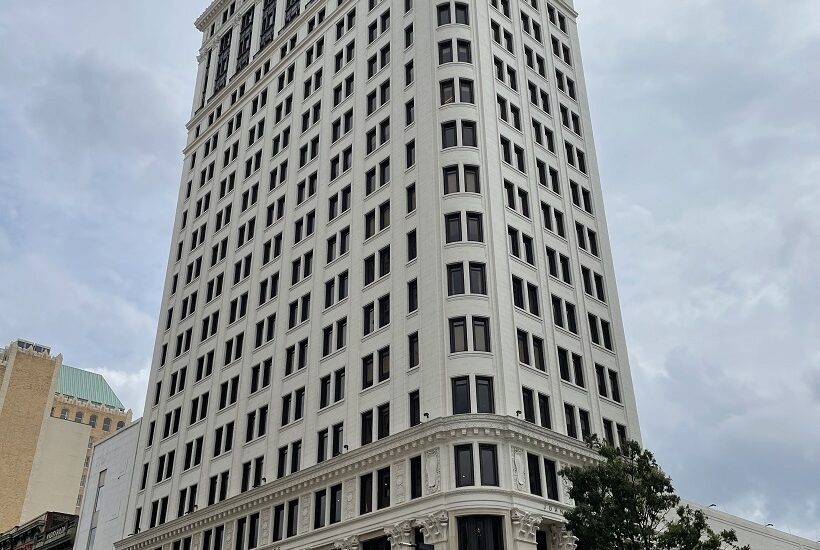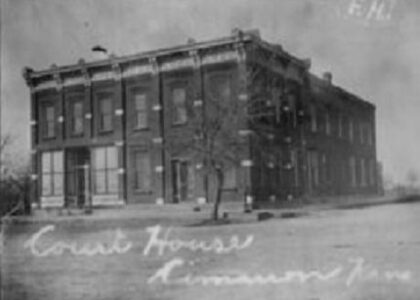Welcome to the ‘Heaviest Corner on Earth,’ a fascinating intersection in downtown Birmingham, Alabama, where history and architecture converge. This corner, at the junction of 20th Street and 1st Avenue North, earned its mighty nickname in the early 20th century thanks to the towering buildings that sprang up in rapid succession. Let’s journey back to the turn of the century, when Birmingham was on the rise as an industrial powerhouse.
The story begins with the Woodward Building, completed in 1902. It was Birmingham’s first skyscraper, standing at a then-impressive 10 stories. Designed by the architects Stone Brothers Ltd. of New Orleans and William C. Weston, the Woodward Building was a marvel of its time, showcasing the Chicago-style architecture with its steel frame construction. This innovation set the stage for the city’s architectural evolution.
Next came the Brown Marx Building in 1906, named after its developers, the Brown and Marx Company. This 16-story structure quickly became one of the most popular buildings in Birmingham due to its principal tenant, the United States Steel Corporation. Its success was so profound that it inspired William Woodward to expand the building in 1908, doubling its size.
The Empire Building followed in 1909, stretching 247 feet into the sky and claiming the title of the tallest building in Alabama. With its grand Neoclassical design, it housed numerous offices and businesses, becoming a hub of activity and commerce. Over the decades, it transformed with the times, serving as home to various banks and, in 2017, became the Elyton Hotel.
By 1912, the American Trust and Savings Bank Building, later known as the John A. Hand Building, joined the skyline. It soared to 21 stories, overtaking the Empire Building as the tallest in the state. The completion of this final structure cemented the corner’s reputation as the ‘Heaviest Corner on Earth,’ a name that captured the imagination and pride of Birmingham’s residents.
The impact of these buildings extended beyond their physical presence. They symbolized Birmingham’s aspirations and growth, marking its place as a burgeoning urban center in the South. These architectural giants stood as a testament to the city’s industrial ambition and economic promise.
Today, these historic buildings are part of a designated historic district, recognized on the National Register of Historic Places since 1985. A plaque, installed by the Birmingham Historical Society, commemorates their significance and invites visitors to reflect on the city’s rich past. As you stand on this corner, imagine the hustle and bustle of early 20th-century Birmingham, a city on the verge of greatness.





